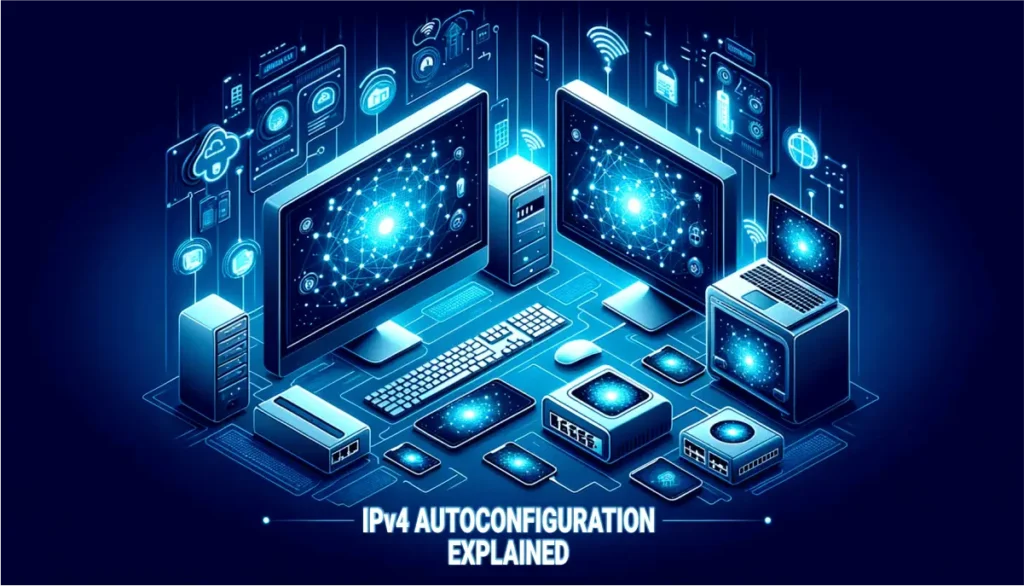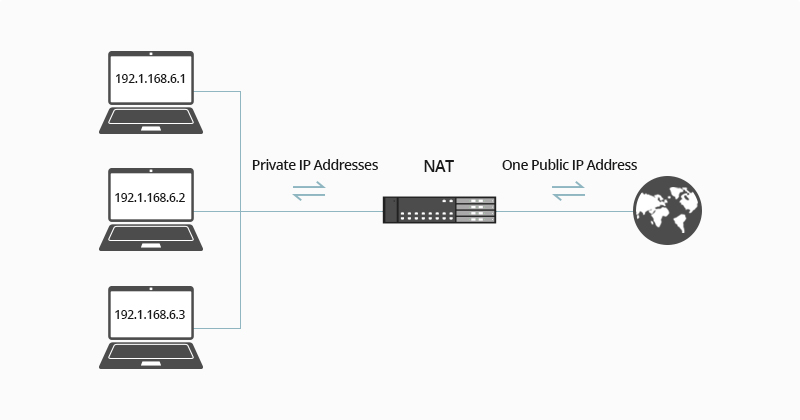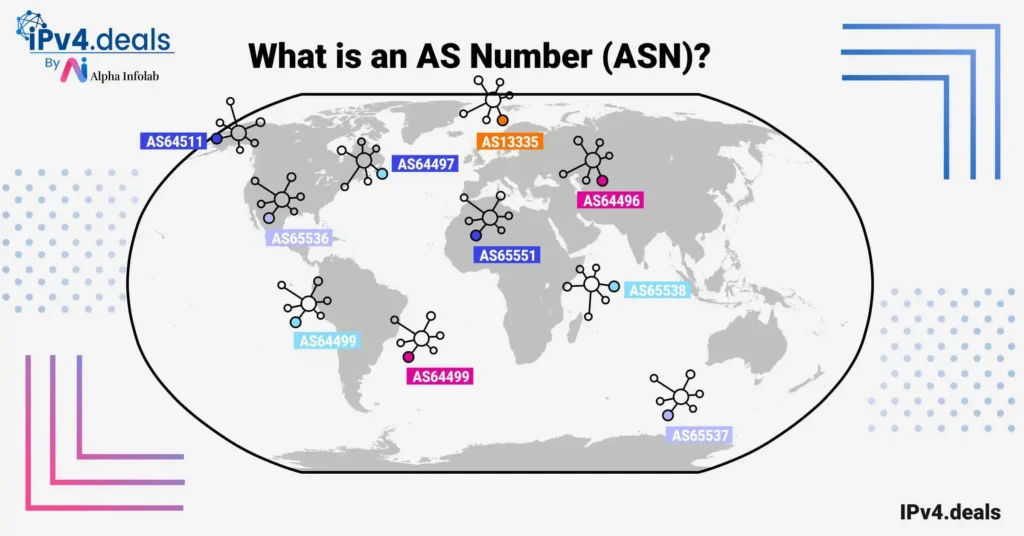IPv4 Autoconfiguration enables a networked system to self-configure its IPv4 address without manual input. It’s a feature allowing computers and devices to autonomously assign an IPv4 address.
Table of Contents
Origins of IPv4 Autoconfiguration
The need for IP autoconfiguration arose from challenges associated with manual IP configuration, which could be tedious and error-prone. In response, the Internet Assigned Numbers Authority (IANA) set aside the IP range of 169.254.0.1 to 169.254.255.254 for autoconfiguration purposes.
How It Works
A system initiates the process by broadcasting an Address Resolution Protocol (ARP) request. This request proposes an IPv4 address from the reserved range and checks if any other device on the local network is already using it. If no ARP reply indicates a conflict, the system adopts the proposed address. If a conflict arises, the system selects another address from the range and repeats the process.
Interaction with DHCP
The Dynamic Host Configuration Protocol (DHCP) is a standard protocol to allocate IP addresses. When a device starts in a DHCP-enabled network, it sends out a DHCP DISCOVER message, requesting an IP. DHCP servers respond with a DHCP OFFER, proposing an IP. The device then sends a DHCP REQUEST to accept, and the process concludes with a DHCP ACK from the server. If a device doesn’t get a response from a DHCP server, it defaults to IPv4 autoconfiguration, a mechanism also known as Automatic Private IP Addressing (APIPA).
Link-local Addressing
Addresses assigned through IPv4 autoconfiguration are termed ‘link-local.’ These addresses are valid only within the local network or subnetwork. Devices assigned these addresses can communicate only within their local environment, a characteristic foundational to zero-configuration networking (zeroconf).
Significance of IPv4 Autoconfiguration
IPv4 autoconfiguration simplifies network management by minimizing configuration errors and supporting the plug-and-play nature of many modern devices. This feature is particularly beneficial in environments without a dedicated DHCP server. As the networking world shifts towards IPv6 due to the depletion of IPv4 addresses, autoconfiguration ensures that device communication remains consistent, mitigating disruptions in network operations.
In summary, IPv4 autoconfiguration plays a pivotal role in IP address management, simplifying the complexities inherent in network setup and maintenance.
Frequently Asked Questions
What is IPv4 Autoconfiguration?
IPv4 Autoconfiguration allows a system to self-configure its IPv4 address without manual intervention. It enables devices to autonomously assign an IPv4 address.
Why was IPv4 Autoconfiguration introduced?
The need for IP autoconfiguration arose due to the challenges associated with manual IP configuration, which could be tedious and prone to errors.
Which IP range is reserved for IPv4 Autoconfiguration?
The Internet Assigned Numbers Authority (IANA) has reserved the IP range of 169.254.0.1 to 169.254.255.254 specifically for autoconfiguration purposes.
How does IPv4 Autoconfiguration work?
A system broadcasts an ARP request proposing an IPv4 address from the reserved range. If no other device on the local network is using the proposed address, the system adopts it. If there’s a conflict, the system selects another address from the range and repeats the process.
How does IPv4 Autoconfiguration interact with DHCP?
When a device starts in a DHCP-enabled network, it first tries to obtain an IP address using DHCP. If it doesn’t receive a response from a DHCP server, it defaults to IPv4 autoconfiguration, also known as APIPA.
What are ‘link-local’ addresses?
Addresses assigned through IPv4 autoconfiguration are termed ‘link-local.’ These addresses are valid only within the local network or subnetwork, meaning devices with these addresses can only communicate within their local environment.
What is the significance of IPv4 Autoconfiguration?
IPv4 autoconfiguration simplifies network management by reducing configuration errors and supporting the plug-and-play nature of many devices. It’s especially useful in environments without a dedicated DHCP server.
How does IPv4 Autoconfiguration fit into the shift towards IPv6?
As the networking world transitions to IPv6 due to the depletion of IPv4 addresses, autoconfiguration ensures consistent device communication, reducing disruptions in network operations.
What is zero-configuration networking (zeroconf)?
Zeroconf refers to the ability of devices to connect and communicate without manual configuration, and link-local addressing, as used in IPv4 autoconfiguration, is foundational to this concept.
In what scenarios is IPv4 Autoconfiguration most beneficial?
IPv4 autoconfiguration is particularly advantageous in environments without a dedicated DHCP server and in situations where plug-and-play functionality is essential.





